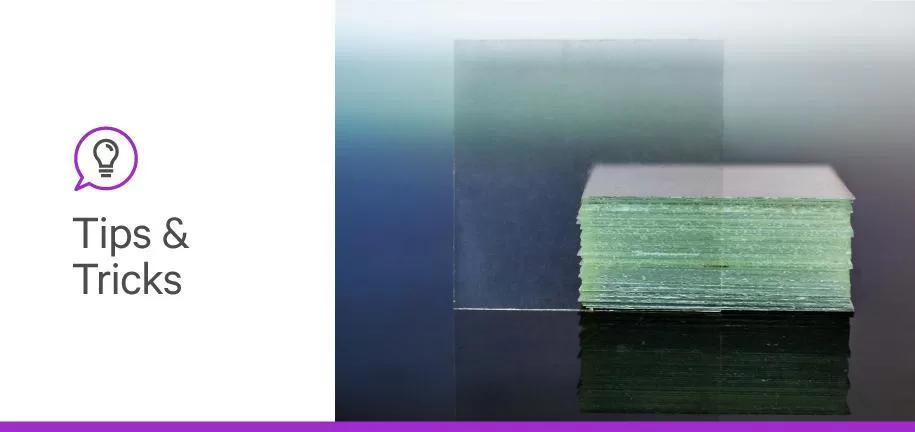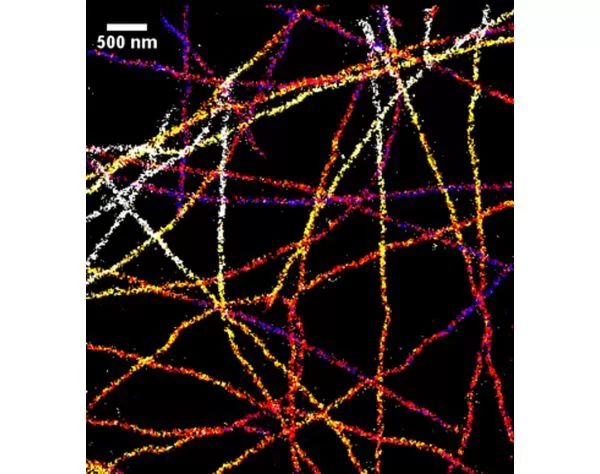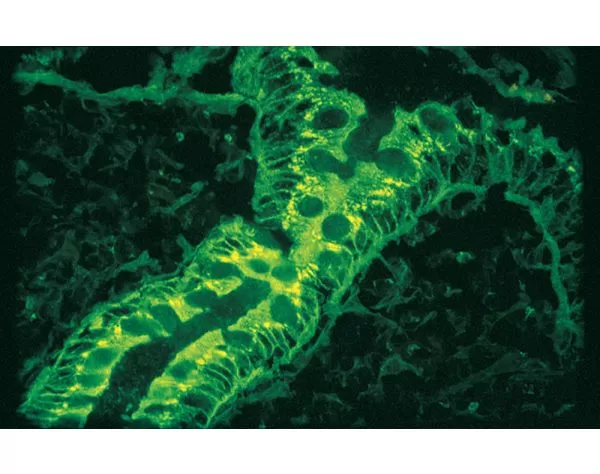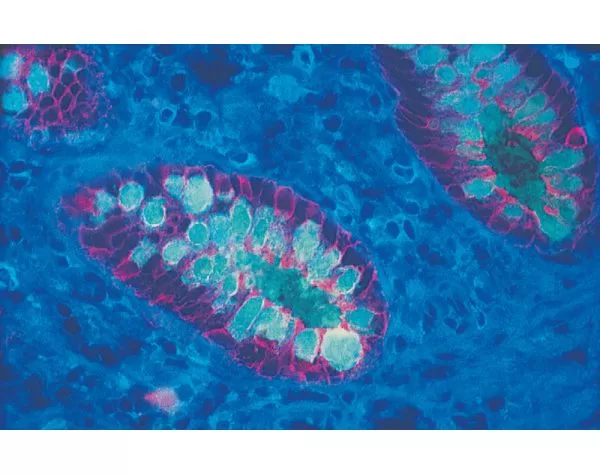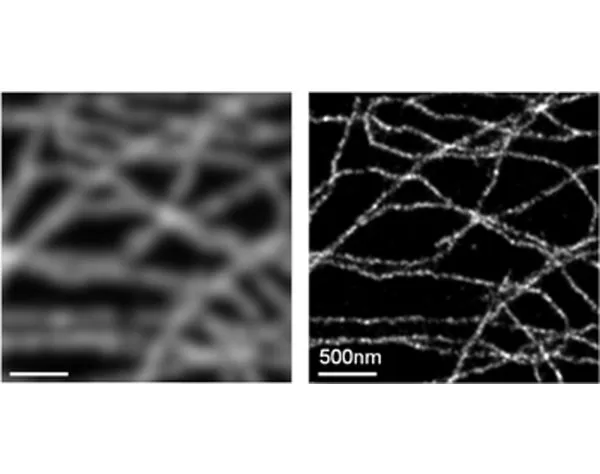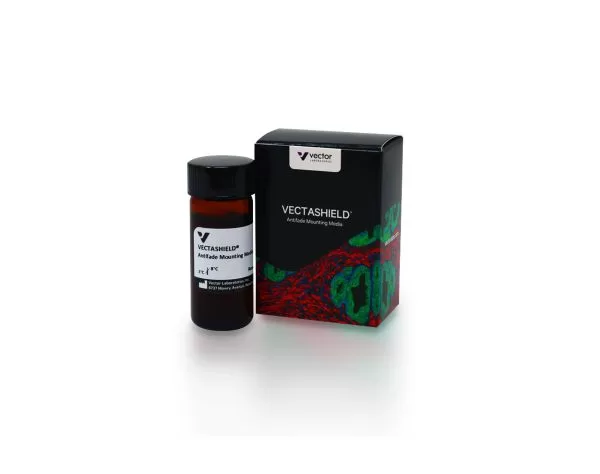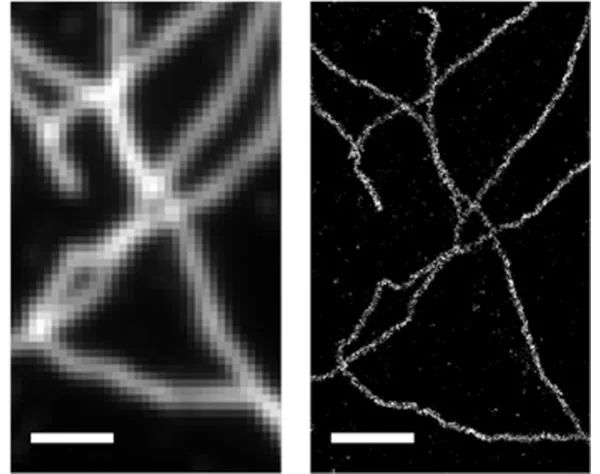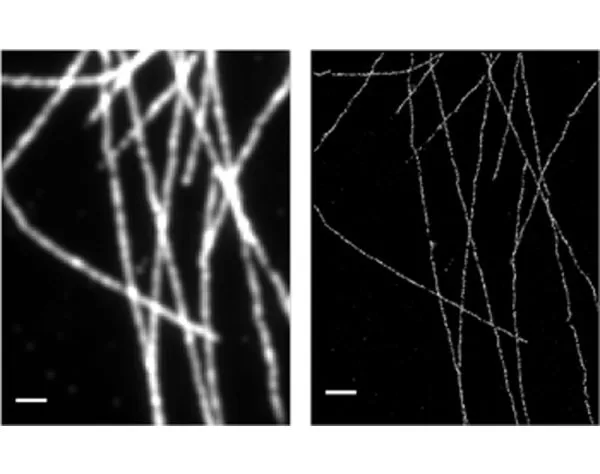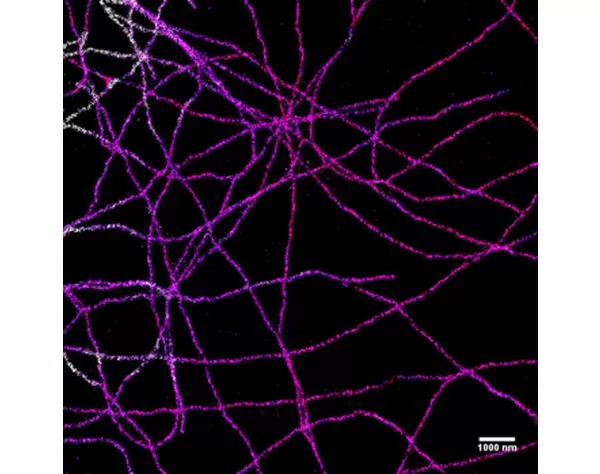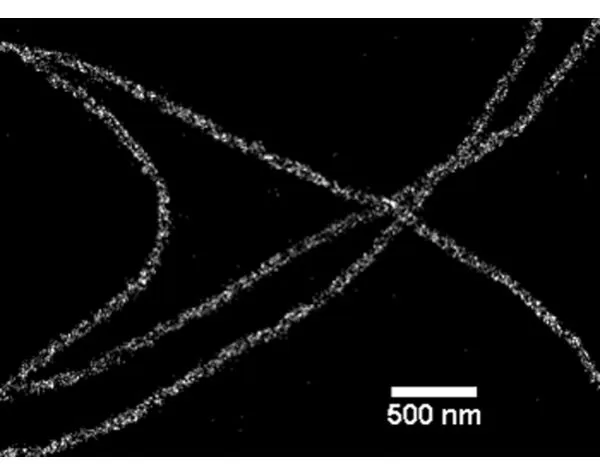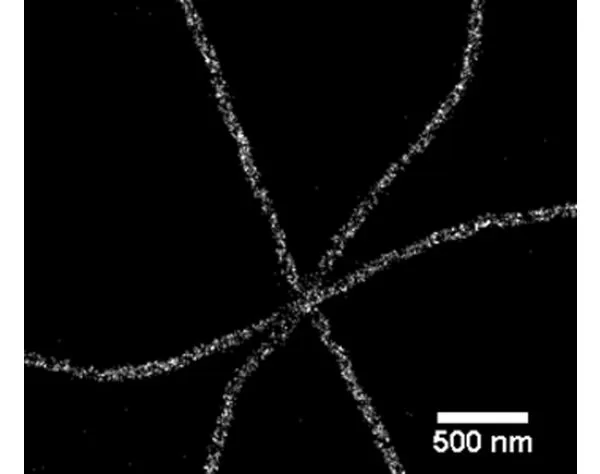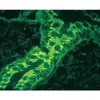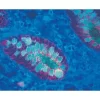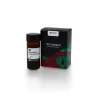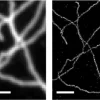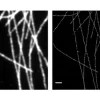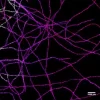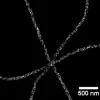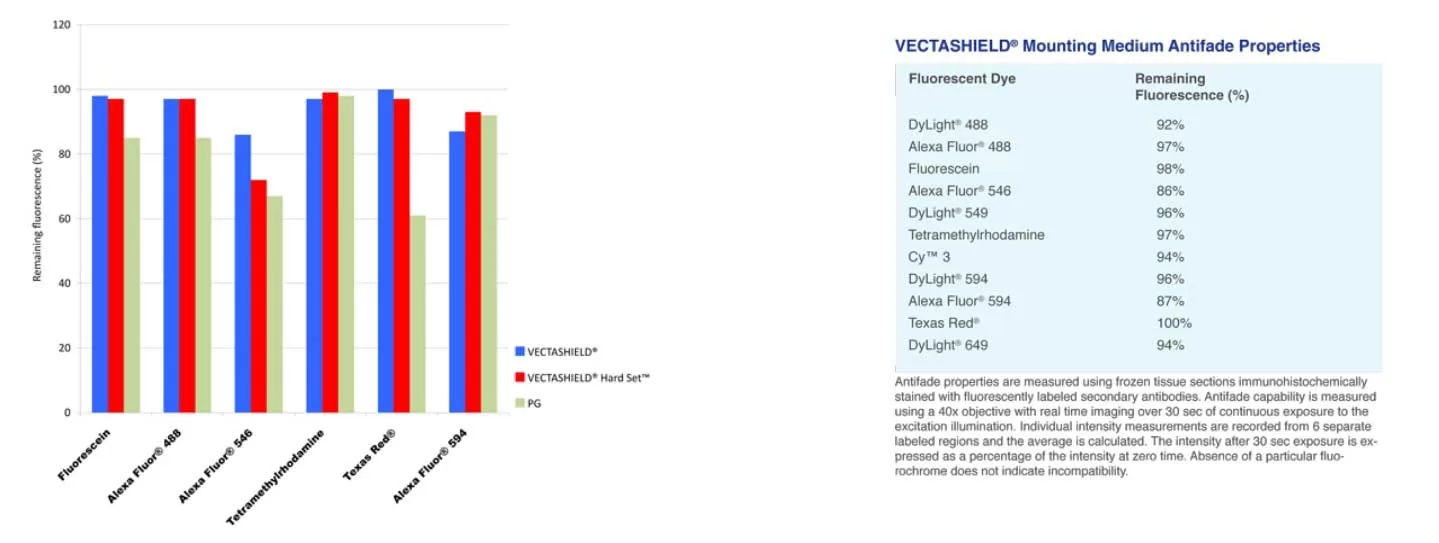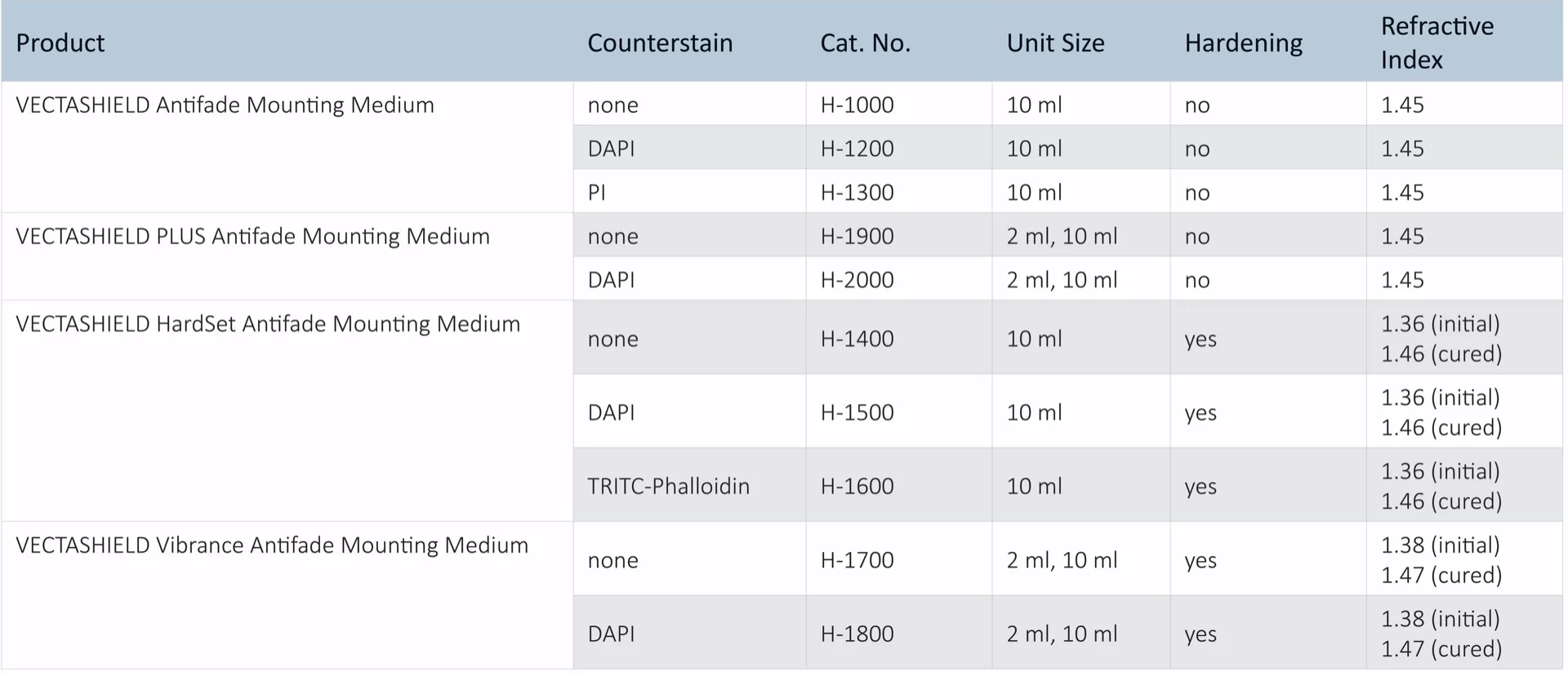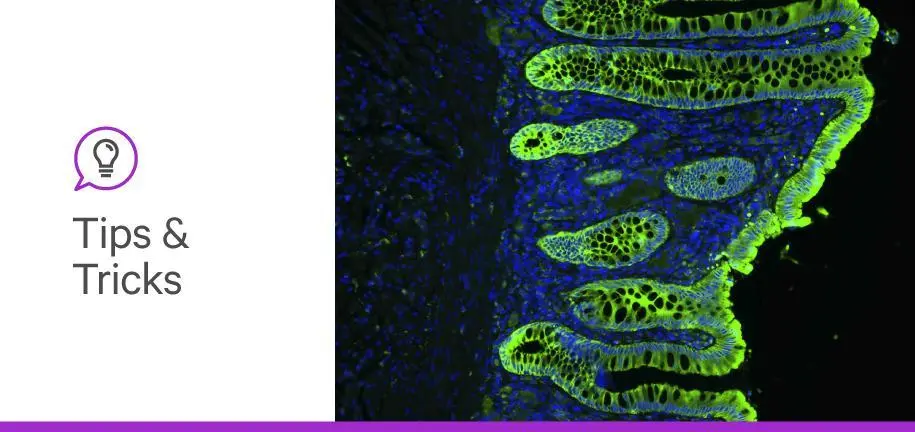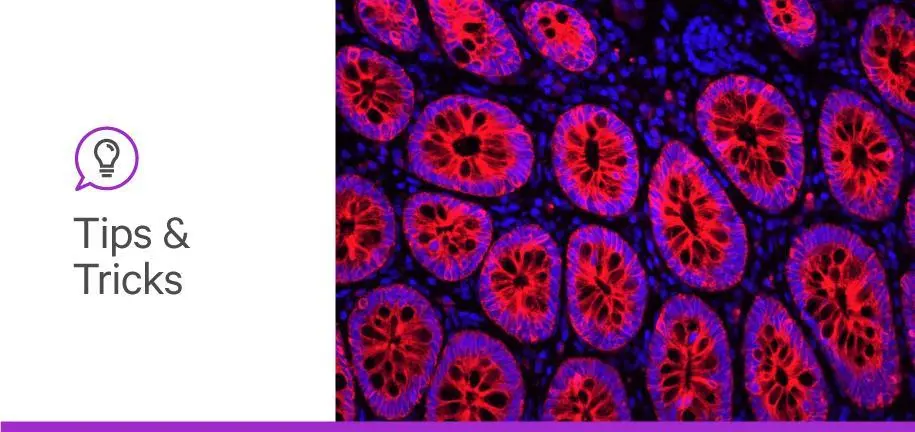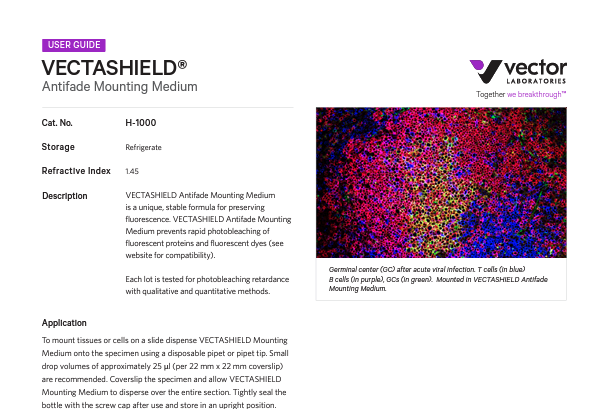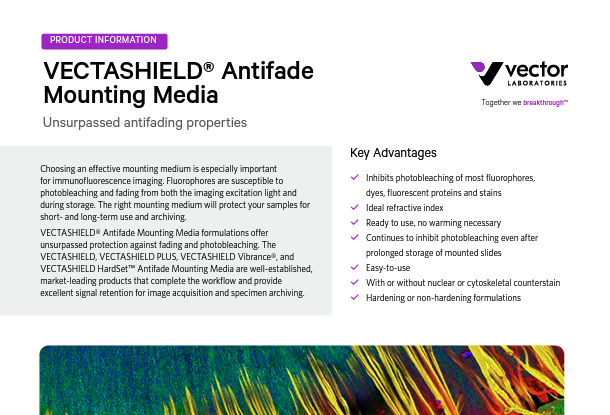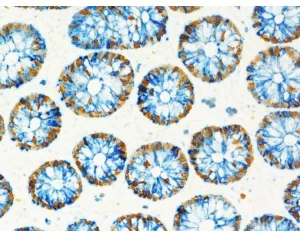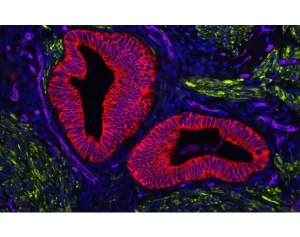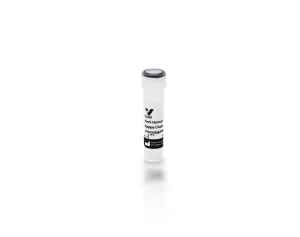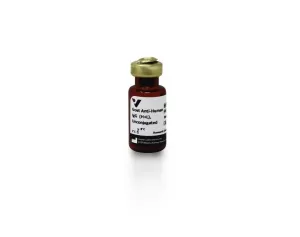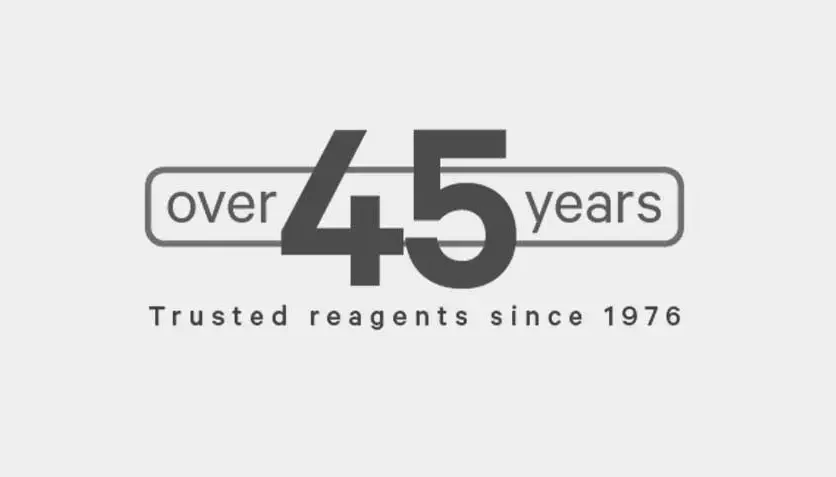Description
VECTASHIELD Antifade Mounting Medium is a unique, stable formula for preserving fluorescence. This medium inhibits rapid photobleaching of fluorescent proteins and fluorescent dyes.
Features:
- Ideal refractive index
- Ready to use
- No warming necessary
- Can be stored without sealing for long term analysis
- Easy to use
The original VECTASHIELD Mounting Medium does not solidify, but remains a liquid on the slide and can be stored without sealing. If desired, coverslips can be sealed around the perimeter with nail polish or a plastic sealant. Mounted slides should be stored at 4 °C, protected from light.
Specifications
| Unit Size | 10 ml |
|---|
| Applications | Immunofluorescence, In situ hybridization, Cellular Imaging, Super-Resolution Microscopy |
|---|
| Mounting | Aqueous (Non-Hardening) |
|---|
| Antifade | Yes |
|---|
| Counterstain | None |
|---|
Product FAQs
Of the many variations of super resolution microscopy (SRM) currently being used, investigators have found the properties of product H-1000 (VECTASHIELD), to be advantageous in stochastic optical reconstruction microscopy (STORM) and structured illumination microscopy (SIM). Refer to the following published references for further information: 1) Olivier, N., et al (2013) Simple buffers for 3D STORM microscopy. Biochemical Optics Express 4:885-899. 2) Wegel., et al (2016) Imaging cellular structuires in super-resolution with SIM, STED and localisation microscopy: A practical comparison. Scientific Reports 6:27290.
All of the VECTASHIELD formats we currently offer which includes regular non-setting VECTASHIELD, PLUS, HardSet and Vibrance formulations each contain a percentage of glycerol.
No form of tissue dehydration (e.g. air drying or ethanol exposure) is required nor recommended when applying VECTASHIELD. From our experience, the most optimal antifade actions of VECTASHIELD are obtained when the preparation is removed from the final buffer/water rinse, kept slightly wet/moist and then coverslipped with a small volume (25-50 uL) of VECTASHIELD.
That depends upon how long you wish to retain the slides and which VECTASHIELD formulation you are using. If you are using one of our non-setting VECTASHIELD products such as H-1000/H-1200 or H-1900/H-2000, then we suggest sealing the coverslip with plastic sealant or nail polish if you intend to keep the slides beyond a day or so. If you are using one of our setting/curing formulations such as VECTASHIELD HardSet or Vibrance, then in most cases when using thin cut (<10 um) tissue sections or cell monolayers, no sealing of the coverslip is required.
Technical Information
VECTASHIELD Mounting Media are compatible with a wide array of fluorochromes, enzymatic substrates, and fluorescent proteins. Please consult the compatibility table (in the “Documents” section) to determine if VECTASHIELD will be compatible in your system.
All formulations of VECTASHIELD Antifade Mounting Media are available with or without the counterstain DAPI (4′, 6-diamidino-2-phenylindole). The DAPI concentration can be modified by mixing with the corresponding VECTASHIELD Mounting Medium without DAPI. DAPI produces a blue fluorescence when bound to DNA with excitation at about 360 nm and emission at 460 nm.
The refractive index for VECTASHIELD Mounting Medium is 1.45.
VECTASHIELD Mounting Medium in Super Resolution Microscopy
The optimal medium for super-resolution imaging methods maximizes the lifetime and photoswitching characteristics of fluorophores. VECTASHIELD Mounting Medium has been shown to be compatible with a number of fluorophores used in super resolution methods including STORM, STED, and 3D-SIM imaging, such as Cy5 or Alexa Fluor 647, resulting in greater convenience and reproducibility of the method. (Olivier, N. et al., 2013, Biomedical Optics Express, Vol. 4 No. 6, pp. 885-899; Glushonkov, O. et al., 2018, Scientific Reports, Vol. 8, 8749 (2018) ).
VECTASHIELD Mounting Medium Antifade Comparison
Other manufacturers measure the antifade properties of their mountants using labeled microspheres or arrayed spots. Vector Labs prefers to measure antifade properties of VECTASHIELD mountants using frozen tissue sections immunohistochemically stained with fluorescently labeled secondary antibodies. Antifade capability is measured using a 40x objective with real time imaging over 30 seconds of continuous exposure to the excitation illumination. Individual intensity measurements are recorded from 6 separate labeled regions and the average is calculated. The intensity after 30 second exposure is expressed as a percentage of the intensity at zero time. The values for PG are taken from the manufacturer s published results.
Check out the video below on how to use a hydrophobic barrier pen.
